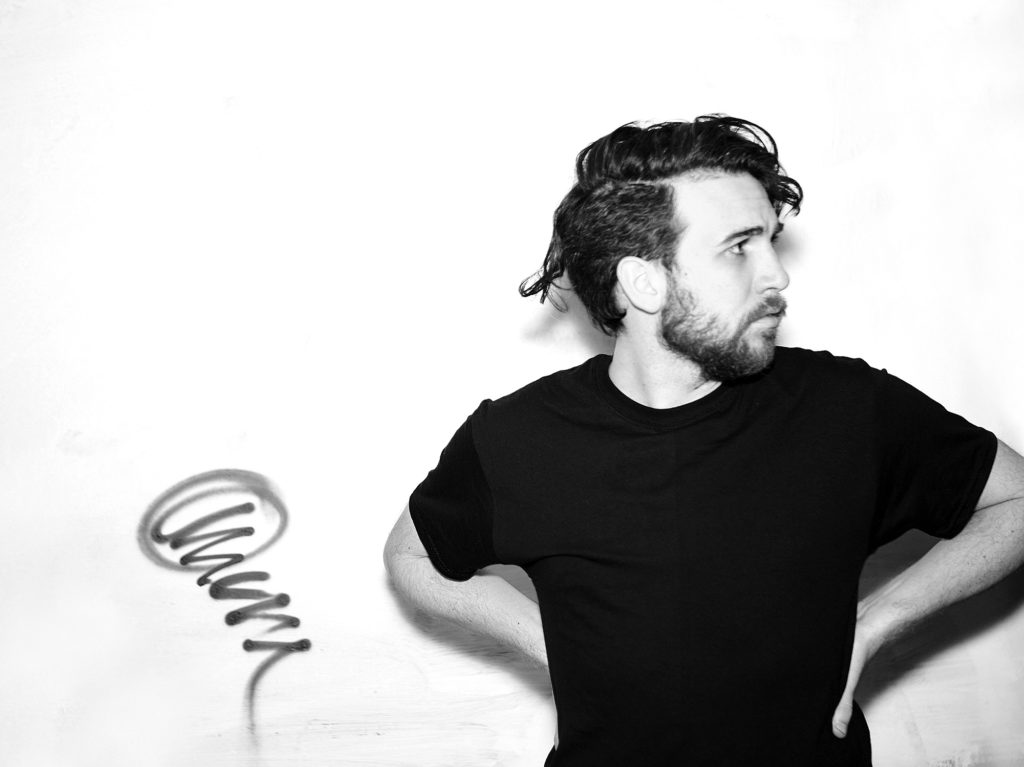Q&A with Australian Artist Ian Strange
Posted on June 21, 2022
Australian artist Ian Strange will create new photographic and film works for the 2022 FotoFocus Biennial: World Record, organized by FotoFocus Artistic Director and Curator Kevin Moore. Strange’s series will incorporate homes in Cincinnati through light-based installations with the end result on exhibition in October during the Biennial.
Australian artist Ian Strange will create new photographic and film works for the 2022 FotoFocus Biennial: World Record, organized by FotoFocus Artistic Director and Curator Kevin Moore. Strange’s series will incorporate homes in Cincinnati through light-based installations with the end result on exhibition in October during the Biennial. This project serves as an intersection of industries, including fine art and research, through its numerous partnerships including the Art Academy of Cincinnati (AAC), Ann Senefeld with Digging Cincinnati, the Hamilton County Landbank, Greater Cincinnati Native American Coalition, Cincinnati Museum Center, and Film Cincinnati.
Strange’s artist residency at the AAC also provides hands-on opportunities for student interns. From the initial development to realizing the final exhibition and installation, students will work with Strange’s team during each stage of the project, including research development, pre-production, production, and distribution.
Each of Strange’s projects is informed by a period of site-based research that investigates how the individual sites and regions have been archived. This approach looks at homes as living records and considers the role of local material from which they were constructed, as well as their service utilities.
FotoFocus met up with Strange at the Art Academy of Cincinnati in May to discuss his residency (the interview has been edited for clarity).
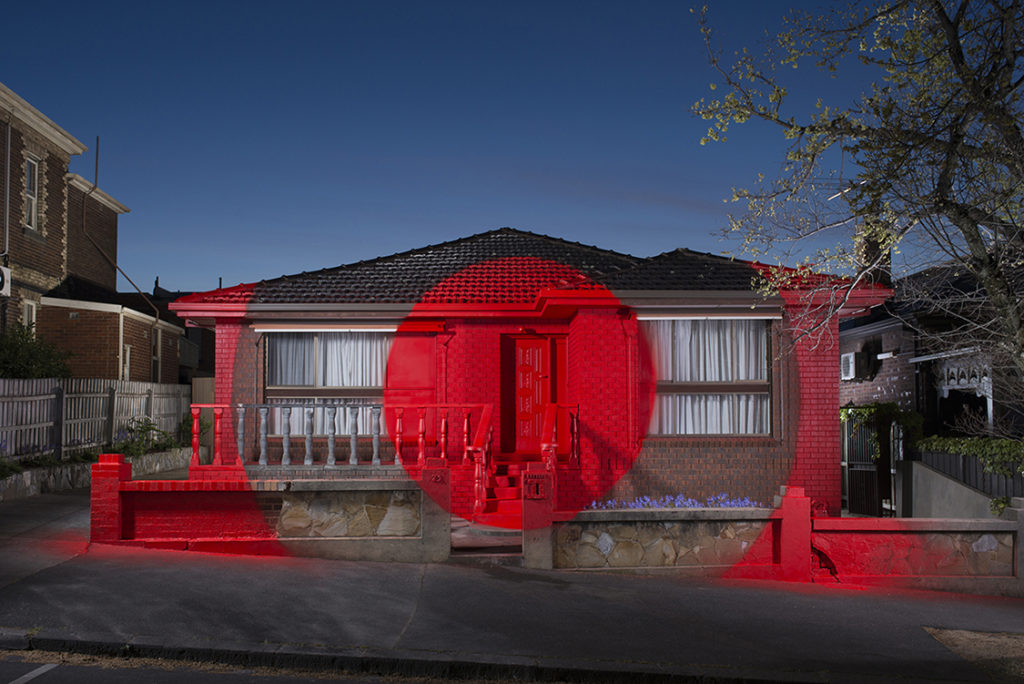
FotoFocus: How did this partnership and residency come to be?
Ian Strange: In 2019, Kevin Moore suggested that we could do a project together for FotoFocus in 2020. This started a conversation about what working together might look like. I came [to Cincinnati] in 2019 and did a really wonderful site visit, hosted by FotoFocus and the team. We traveled around and looked at houses and met with key stakeholders and community groups here. Originally we had planned to start work in April of 2020 but then obviously everything fell apart due to the pandemic. We stayed in touch and, then, eventually started thinking about a new concept to now fit the 2022 Biennial theme of World Record. Eventually, we decided the work could center on a series of new architectural interventions and photographic works, which would form part of an exhibition at the Art Academy. But importantly, the development of what the work becomes, and the sites we use, would be collaboratively developed working with FotoFocus here in Cincinnati alongside communities, organizations, the Art Academy, and their students.
FF: Could you elaborate on how you’re incorporating the World Record theme?
IS: The intention is to undertake material and historical research on many of the sites we are considering—creating a process where we can look at the materials that sit inside the house, for example, does the stone for the foundation come from local quarries or the timber—does that come from local timber mills or are they from the other side of the country? I’m really interested in looking at how a home might actually be a kind of material record of a place and a material record of land and landscape as well, particularly if it’s a local story. However, until we’ve completed the research on the houses and started work, it is hard to say where the focus will be. I’m also really interested in looking at a bureaucratic photographic record of the houses—images from land banks, aerial photography, maps, and survey photography of the area. So that’s the initial idea and conversation we have had, but generally, these works start with a very broad idea and are then responsive to the process we have set up. It’s about research and then letting the site inform the work.
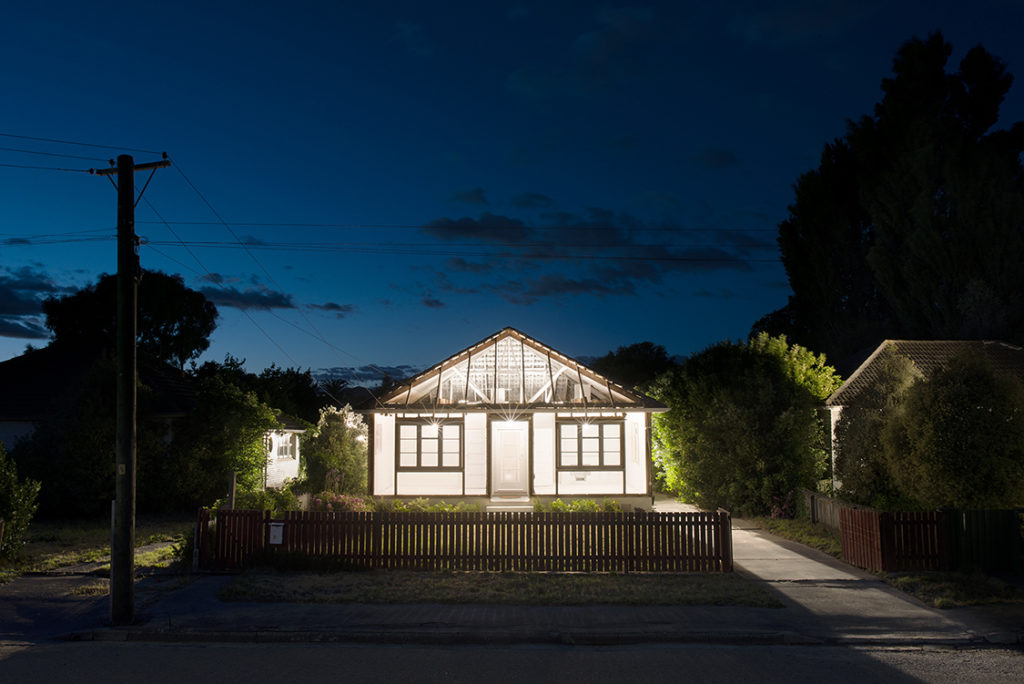
FF: Can you talk a little bit more about the selection of the houses and what that looks like? What is the intent at the end of this project and what will happen to those houses? Will they remain?
IS: One of the key partners in the project has been the Hamilton County Landbank. We’ve worked closely with them to find sites that we may be able to work with. These are homes the landbank is looking to restore and then rehouse, so many aren’t in a great condition. But part of the process of creating this work ensures the homes undergo a restoration process. I’m not interested in making work about blight, or ruin, but the memory of homes and almost in many ways their idealized form. So we started with a list of 80 or 100 houses and we’ve been working on the selection and research process with the Landbank now.
FF: What are you looking for in a house? Are there certain key elements that you’re interested in?
IS: It’s a really wide net at the beginning. Usually, we will work with a house that’s a detached dwelling with a peaked roof, they always tend to feel like a child’s drawing of a house. But then it’s really about the research, permission, and working with the communities and our collaborators to find the best sites.
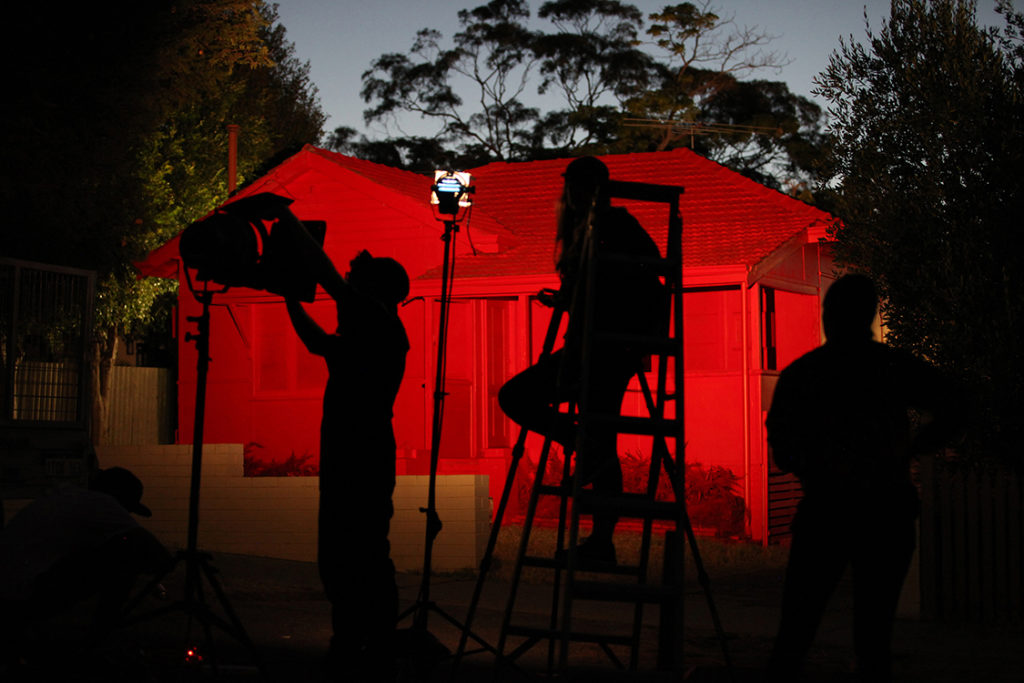
FF: Can you talk about the partnership with the Art Academy students?
IS: We always look at education outcomes and how we can generate opportunities for students to be involved in the projects we make. In this case, we were able to work with the Art Academy and their curriculum to divide the project into different teams, allowing students to observe, and be directly involved in pre-production, the development of the work, production, the photo shoots themselves, post-production, and preparation for the exhibition. So over a four-month period, you have students coming in for paid internships to work alongside professionals.
FF: What does the timeline of your residency look like?
IS: The conversations started back in 2019, so there has been a lot of work leading up to this point, especially in development and consultation. We are just now having the first pre-production site meetings with the students and our team. We will start in-earnest production in June and that should be completed by August when we will shoot the houses and finish the research. Then from August through October, we will edit the photos. The preparation for the exhibition in October will also take place then.
FF: What do you want your students to learn throughout the process? Are there specific takeaways that you want the students to come away with? What about the audience who views the final work?
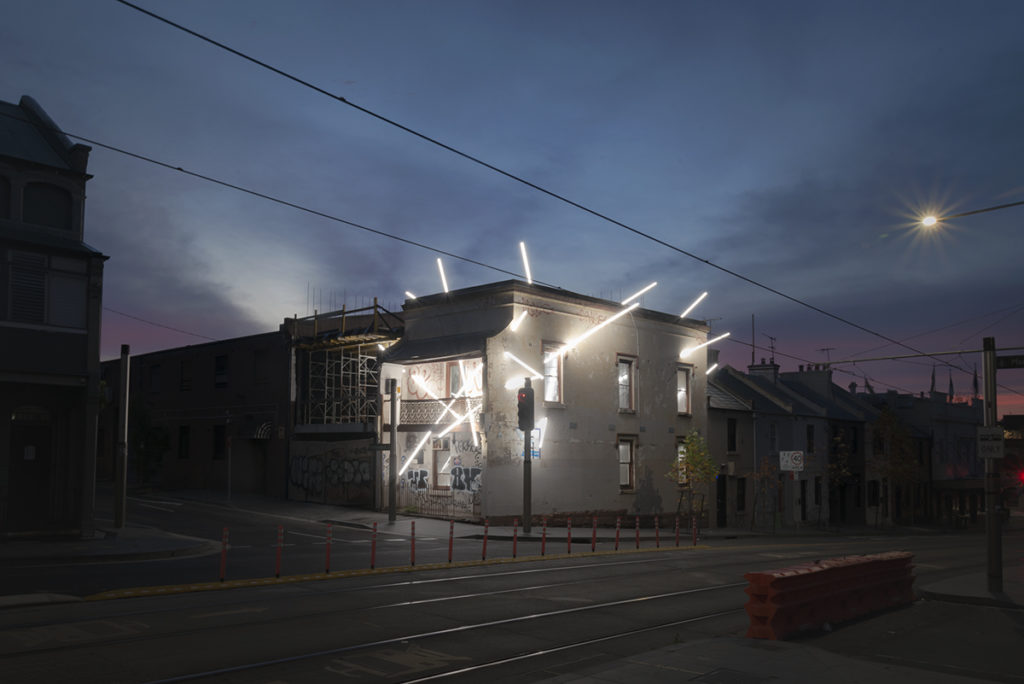
IS: Having studied film, photography, and art myself, I always felt I learned more from practical experience, and being able to observe and work with artists in their studios—it gives you a different level of understanding. I was lucky enough to have some incredible mentors early on in my career, letting me into their studios, and was able to intern on film sets when I was younger. Having access to those creatives and being able to ask questions was always really important to me —I literally wouldn’t have an art career now without having people be that generous with their time and knowledge. So, my hope would be that any emerging artist and student interested in this sort of practice could use one of my projects as a chance to understand how it’s done up close, by having access to me or access to the team I work with—and hopefully demystify parts of the process.
In terms of the audience experience, we are so early in production that I can’t exactly say what the final works will become. I think what’s great is that Kevin Moore is curating the work alongside a selection of older works of mine, from the past 15 years. So, this won’t just be an exhibition of works made here, it’ll be threading those works into this larger practice, alongside works made in New Zealand, Australia, Norway, Poland, Japan, and throughout the US, to bring these new works into a larger context. For me, being able to highlight the specificity of a piece of architecture and its history, and then threaded into a more global notion of the ‘home’ I think will give a different perspective to an audience coming to experience the work here.
